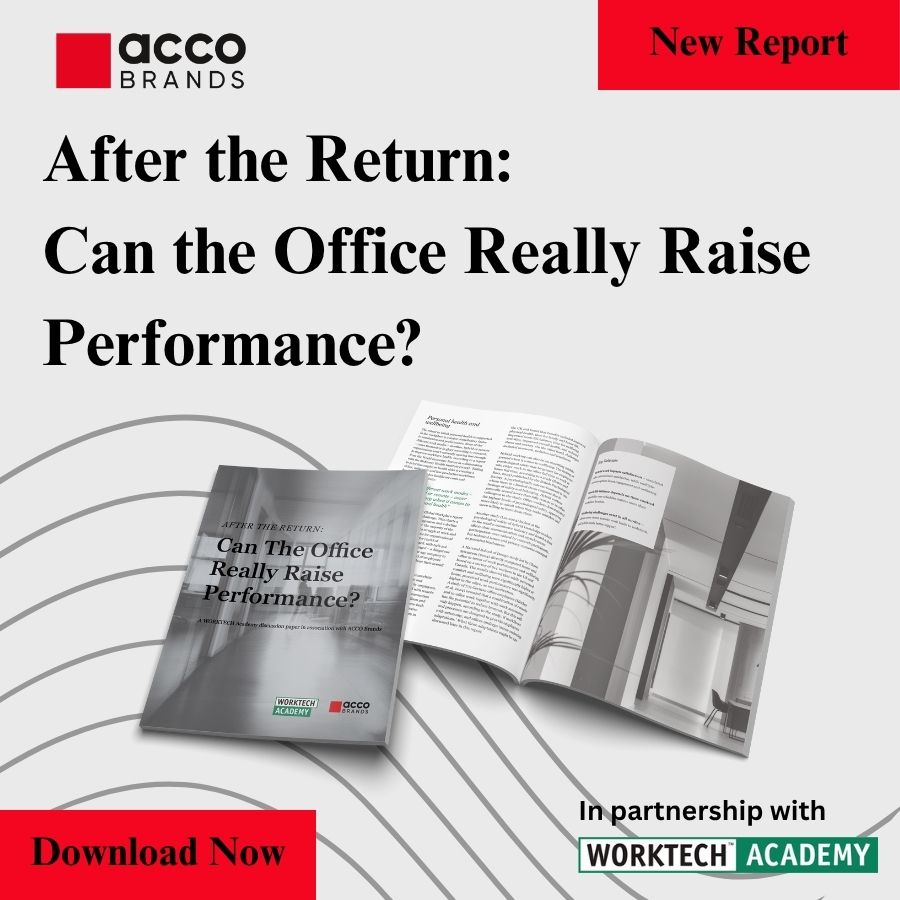Grenfell Tower fire report reignites debate on architect training
The inquiry report into the Grenfell fire disaster in London has named and shamed the architect. Should the profession be doing more to train architects in the technical aspects of construction?
The fallout from the publication of the inquiry report into London’s Grenfell Tower fire, in which 72 people died including 18 children, has become a walk of shame for the UK construction industry.
The incompetence, corruption, chaos and chronic lack of respect for human lives laid bare by its findings make for a shocking read – and the finger of blame is pointed in several directions.
Senior figures in national and local government failed the residents of Grenfell before, during and after the fire. The London Fire Brigade got things disastrously wrong. The tenant management organisation treated its own tenants with contempt.
Three manufacturers of cladding products – Arconic, Kingspan and Celotex – concealed the dangers with ‘systematic dishonesty’ through a catalogue of falsified tests and misleading claims. Weak regulators and myopic safety experts failed to see through their lies. Criminal investigations are ongoing.
Significant responsibility
But as inquiry chair Sir Martin Moore-Bick spelled out the web of deceit and blame surrounding the tragedy, he reserved some of his harshest words for the architect on the residential recladding project. Studio E, a now defunct practice, he said, bears ‘a very significant degree of responsibility for the disaster’ and ‘fell well below the standard to be expected of a reasonably competent architect’.
This damning verdict has opened an old wound in the architectural profession centred on how architects are trained. As lead architect, Studio E assumed specialist sub-contractors and consultants would guarantee the cladding was safe, and didn’t take any responsibility for checking on the work of others on the project. The practice seemed unaware of the impact of the materials it used, leading to the inquiry to describe its attitude as symptomatic of ‘widespread failure among the profession’.
Architects in the dock
Architects of office buildings will point out the differences between UK social housing projects such as Grenfell, where cost cutting and ignoring tenant needs have sadly been a norm, and the private workplace sector where bigger budgets, more stringent standards and closer attention to occupier comfort prevail. Nevertheless, architects generally have ended up in the dock – no matter how unfair that might seem – and critics of the current state of British architectural education have been quick to plunge the knife.
Writing in The Guardian, Oliver Wainwright, who himself trained as an architect, described architectural education as ‘a five-year training in visual representation and rhetorical obfuscation, with precious little time spent on learning how to actually make a building’. Wainwright added: ‘It is a course that produces countless cod philosophers, gonzo anthropologists and aspiring conceptual artists, but few technically capable designers who know their cavity barriers from their damp proof membranes.’
Vulnerable profession
It is indeed true that, although some architecture schools have a strong technical edge, British architectural education more generally has a bias towards cultural and aesthetic exploration. It relegates serious study of construction and contractual matters to Part 3 professional exams late in the five-year training process.
Architects are expected to pick up a lot of their technical expertise in sourcing products ‘on the job’ but that leaves the profession vulnerable as levels of senior supervision will vary from practice to practice. Frailties in the system are further compounded by the proliferation of specialist consultants. This has led to a loss of status for architects, leaving them no longer at the top of the design decision-making tree on buildings but caught up in the middle of a bewildering flow of processes.
Grenfell was an extreme case in that the overriding consideration to reclad the building in 2015, two years before the fire, appeared to be making it less of an eyesore for wealthy neighbours in the borough of Kensington rather than providing a better environment for residents. External aesthetic factors were prioritised over internal safety with terrible consequences.
Long-running debate
However, the question of how to train architects for the complexities of modern construction has been a debate stretching back decades. In the mid-1990s I was part of a working party on the future of the architecture profession organised by the Royal Institute of British Architects (RIBA) and led by DEGW co-founder and office design guru Dr Frank Duffy.
We visited architecture schools all over the UK and every debate we had with educators centred on the extent to which courses should focus on expanding the creative imagination of architects and the extent to which they should be grounded in the real world. Our strategic review laid bare the arguments without taking sides. But it also included these prophetic words: ‘Why are architects not interested in how their buildings are put together?’
Today, with all the possibilities of new digital technology in the design process, it can be argued that AI might be able to bridge the technical skills gap in architectural training. According to a 2024 RIBA survey, two out of five architectural practices said they’ve already utilised AI in their work and 43 per cent of respondents agreed with the statement that AI tools make design processes more efficient.
Lessons from the Grenfell Tower disaster will surely be learned, not least by architecture firms in how to coordinate projects and how to train their staff. The workplace design sector will continue to work with renewed rigour and respect for regulations, not least with regard for fire safety. The construction sector’s walk of shame over Grenfell should not be in vain. It should lead to positive change.








